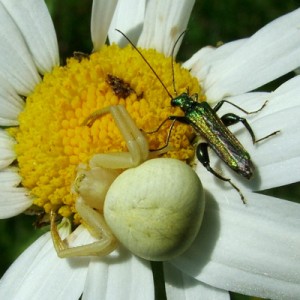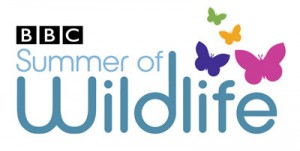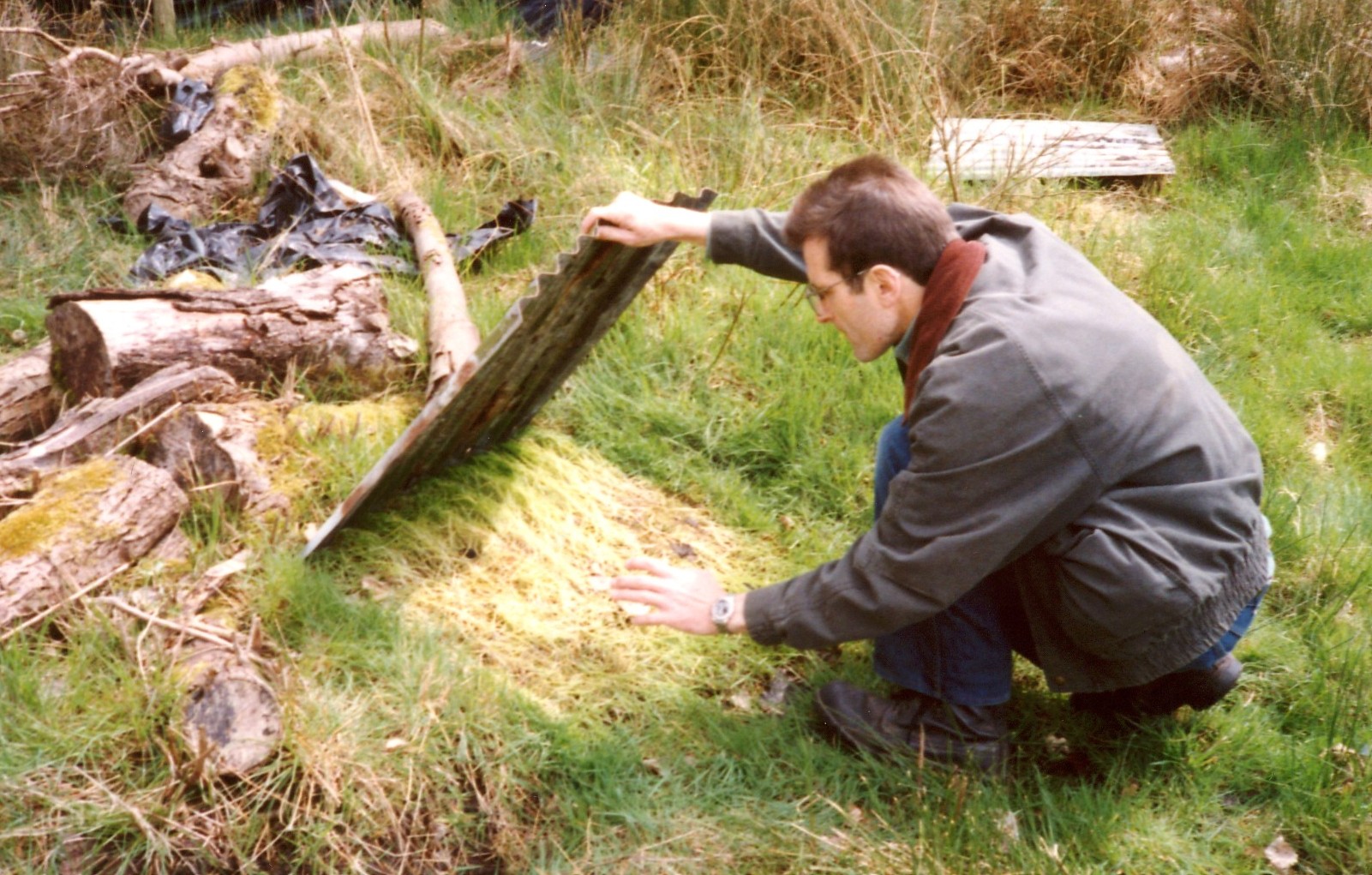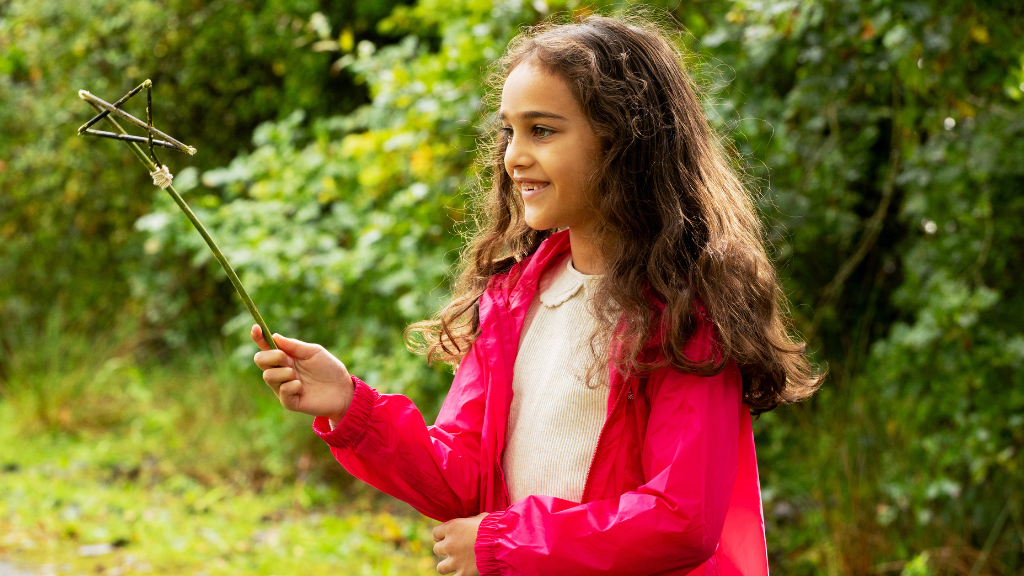The intriguing world of invertebrates
A variety of fascinating insects and other small invertebrates have been out and about, making the most of the warmer weather at WWT London Wetland Centre.

The Mother Shipton moth, a day flying moth, earns its name from markings said to bear an uncanny similarity to the face of 15th Century prophetess Ursula Sontheil, better known as Mother Shipton. She is said to have predicted the Civil War and the defeat of the Spanish Armada.
One of her most famous prophesies concerns Cardinal Thomas Wolsey, who, she predicted, would never visit York, despite his being its archbishop. An enraged Wolsey sent three lords to Mother Shipton’s home to warn her she would be burnt at the stake as soon as he reached York. But as the Cardinal neared York he was arrested for high treason, and Mother Shipton’s prophecy had been realised.
Crab spiders catch prey without building webs. Instead, they use camouflage, blending in with the colourful flowers where they lurk waiting for their insect prey.

Some crab spider species can even change colour to match the flower they’re on. The swollen-thighed beetle in the photo below had a lucky escape, flying away before the spider could pounce.
WWT London Wetland Centre’s Chief Ecologist Richard Bullock said “We hope that many people have been inspired by watching Springwatch this year and will be heading outside to see the wildlife that lives in their neighbourhood. We certainly have many intriguing invertebrates here at London Wetland Centre and now is the perfect time to spot them.”
Insects spotted on the reserve recently include Green-veined White butterfly, Blue-tailed damselfly and the rare Hairy dragonfly.
Find out more about the world of invertebrates and other wildlife at the BBC Summer of Wildlife day, hosted by WWT London Wetland Centre on Sunday 30 June .




